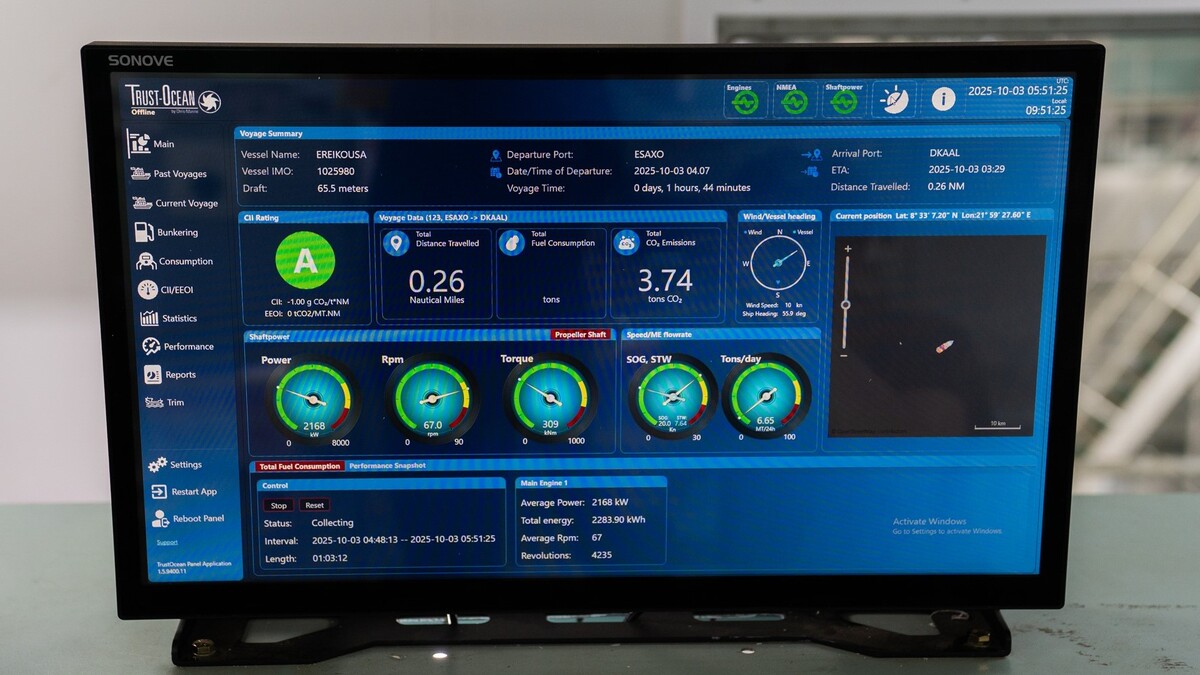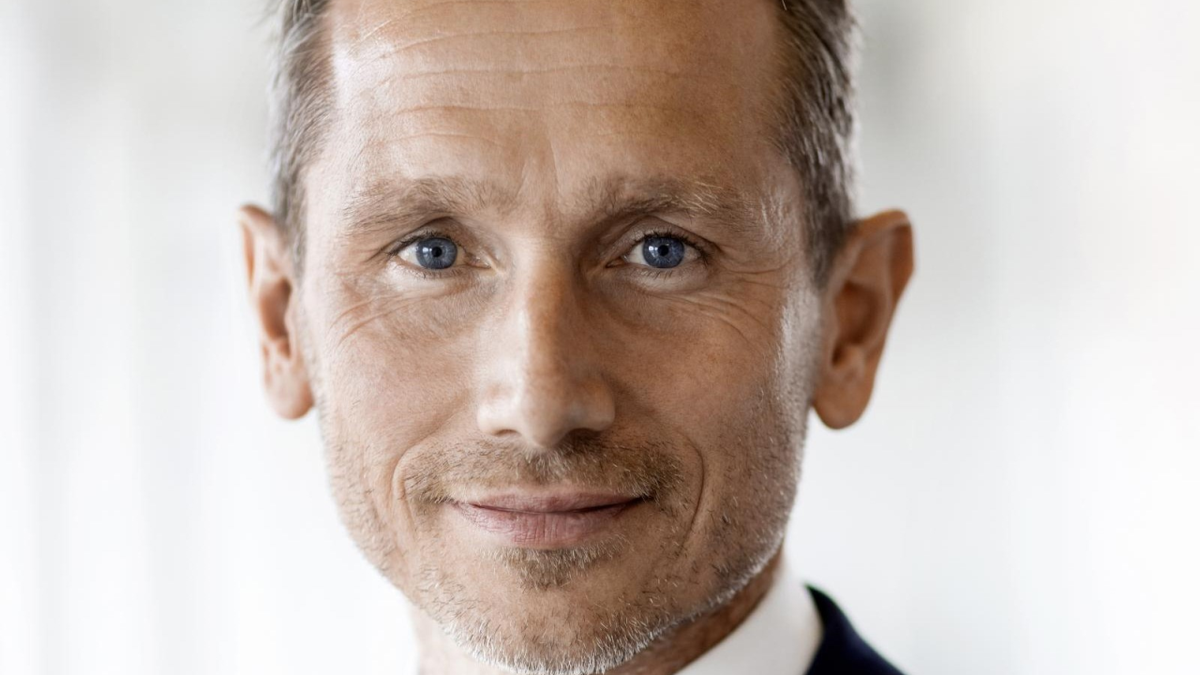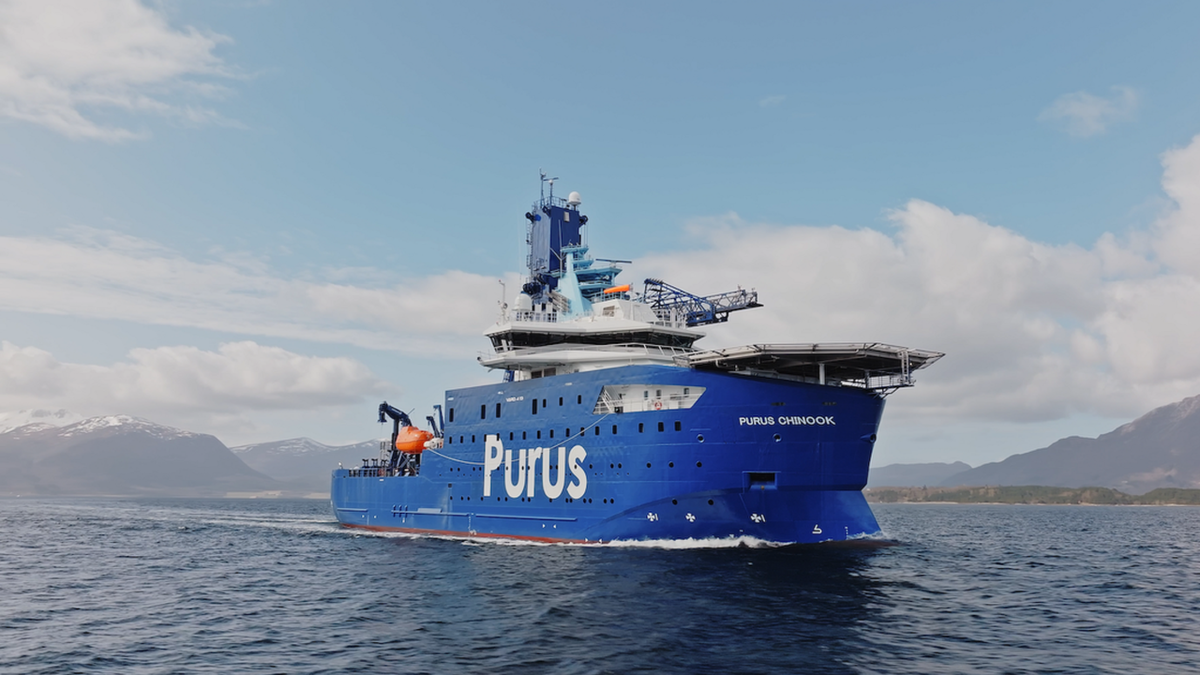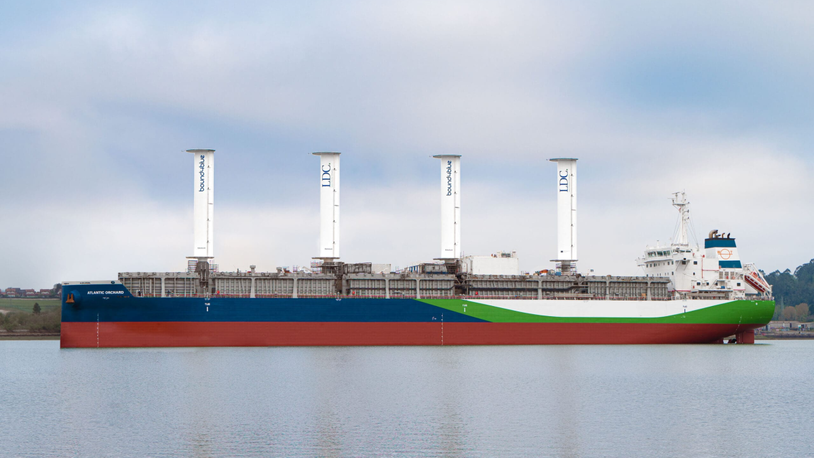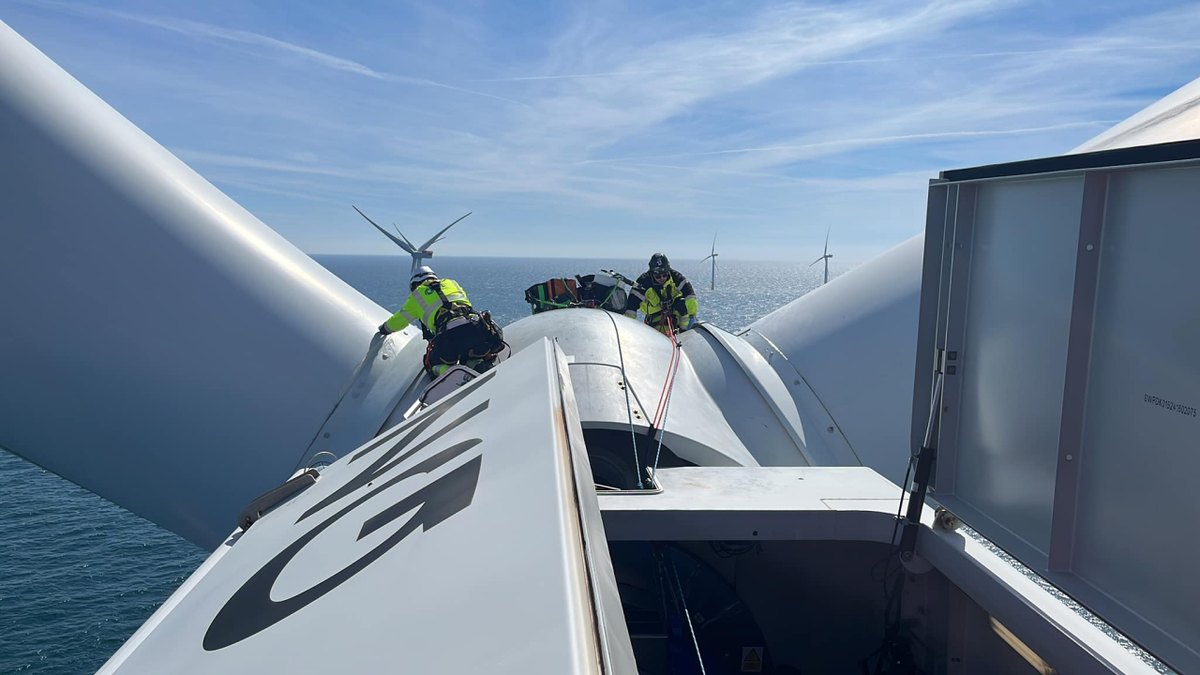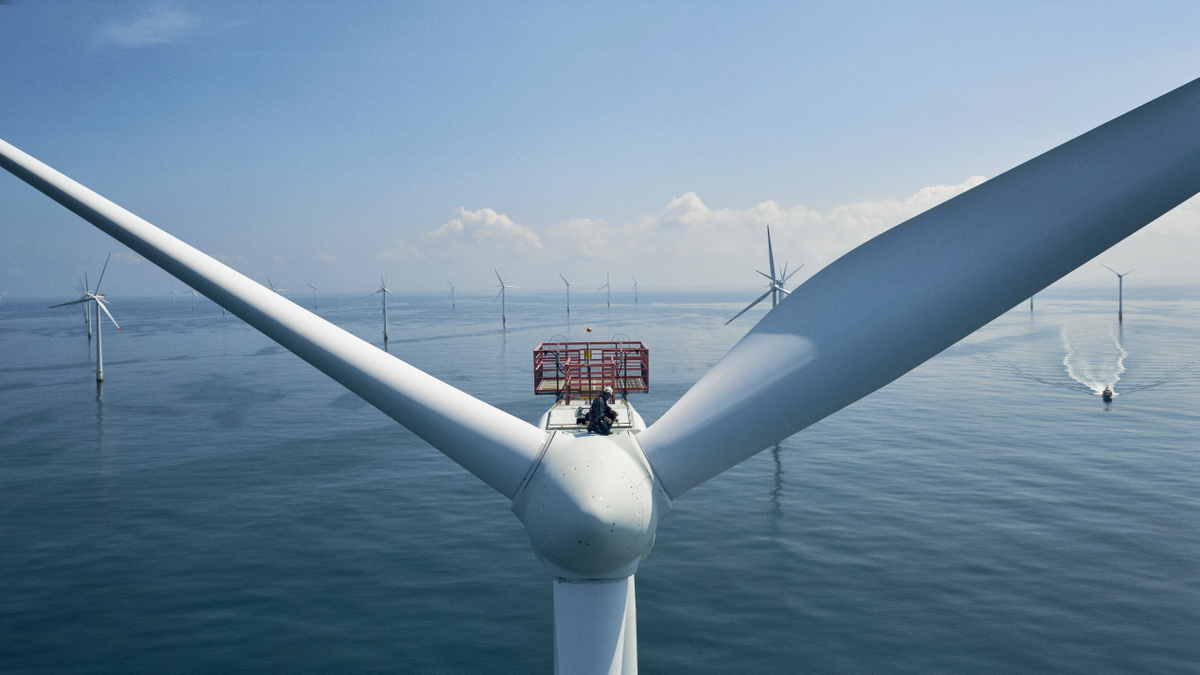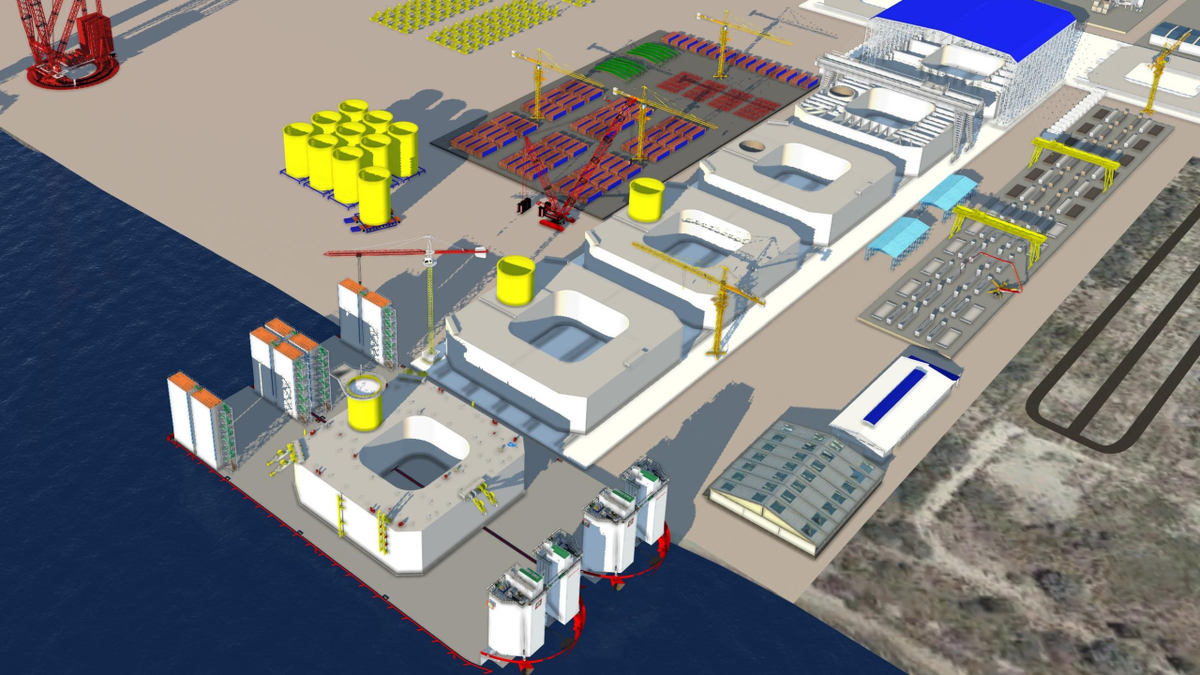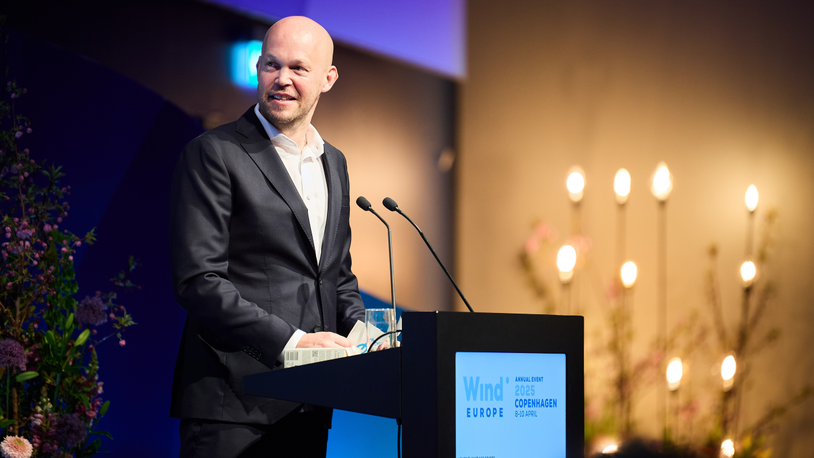Business Sectors
Contents
Register to read more articles.
Denmark ‘needs more flexible approach’ to future offshore wind tenders
Denmark needs to adopt a new strategy for the development of offshore windfarms post 2030, by which time domestic demand for electricity will be met almost entirely by wind energy and the export market will be most important
Recognising that from 2030 onwards, most Danish windfarms will export the energy they produce rather than sending it to the Danish grid, Green Power Denmark says a more flexible, market-driven way of offering areas for development is urgently required.
The need for a new strategy arises from a Danish Parliament agreement dating from 2022 that Denmark should become a net exporter of green energy and make full use of its offshore wind potential, helping to meet the needs of the energy transition, contributing to the country’s future prosperity while respecting nature and biodiversity.
To achieve this aim, Green Power Denmark is recommending a market-driven approach to the development of offshore wind, rather than the current, state-run model, and has published a report in which it outlines three models for offshore wind post 2030, one of which is inspired by the way Denmark used to offer offshore areas for the extraction of oil and gas. If the kind of process it is proposing was adopted, the rate of expansion of offshore wind capacity in the next decade would be driven by the market, not politicians.
“By 2030, Denmark will be 100% self-sufficient in electricity from renewable energy,” said Green Power Denmark. “By then, all the electricity we use is expected to come from wind turbines and solar power. Energy from offshore windfarms built after 2030 will primarily be exported – in the form of electricity and hydrogen, or as green fuels.” That being the case, Green Power Denmark argues, the way the state offers offshore windfarms for development needs to change.
Green Power Denmark chief executive Kristian Jensen said, “From 2030 onwards, we will be in a new situation which requires a completely new approach. Time is running out for traditional government tenders. In future, developers will have to have greater freedom to design offshore windfarms and decide whether the turbines they install will produce electricity or hydrogen.” Mr Jensen says the new approach is needed not least to create the greatest possible value for the people of Denmark.
In the first model proposed by Green Power Denmark, the state continuously offers marine areas with a fixed cadence, without having carried out feasibility studies, in a way that is similar to the way licences for oil and gas used to be offered. “That model has been profitable for society, and it can also become so with the production of renewable energy at sea,” said Green Power Denmark.
“In this model, the winner of a tender would be responsible for feasibility studies and would be free to choose the project design. It would be up to the winner to assess whether it makes the most sense to sell the energy as electricity, hydrogen or green fuel and up to the winner to decide whether it makes the most sense to produce the hydrogen offshore or on land. The big difference from today is that politicians would no longer have to manage the development of offshore wind capacity in detail. The market would drive the development of projects and set the pace.”
Green Power Denmark’s second model would enable power from offshore windfarms in Danish waters to be sent directly to a neighbouring country, such as Germany. “Where there are better alternatives than converting electricity to hydrogen, there should be an opportunity to establish projects in Danish waters with a radial connection to countries with a greater need for decarbonisation of their electricity sector, such as Germany,” says the report.
“In this second model,” said Mr Jensen, “the Danish state would receive income from renting the seabed. Offshore windfarms will create jobs, when they are built and while they are in operation. At the same time, it will contribute to European energy security. Our marine areas gain much greater value if we use them to produce energy for export.”
Green Power Denmark’s third model focuses on hybrid projects, in which power from offshore windfarms is shared between two or more countries, both of which would develop the asset.
The industry body also argues that analysis is needed to determine whether a new market-initiated ‘open door’ approach would be beneficial to the sector. It supports the idea of a new national offshore test centre and – in the transition to the new strategy – government-led offshore wind tenders which would encourage a much higher level of innovation.
Riviera’s Offshore Wind Webinar Week will be held 4 November 2024. Click here to register for this free-to-attend event.
Related to this Story
Events
International Bulk Shipping Conference 2025
Tankers 2030 Conference
Maritime Navigation Innovation Webinar Week
© 2024 Riviera Maritime Media Ltd.

